BBC Earth newsletter
BBC Earth delivered direct to your inbox
Sign up to receive news, updates and exclusives from BBC Earth and related content from BBC Studios by email.
Animals
Eleven years after the ground-breaking first series, Frozen Planet returned to capture our imaginations showing us the magnificence – and the fragility – of our magical icy lands.
We spoke to series producer Elizabeth White to discover how the landmark series used cutting-edge technology to film the evolving landscapes and uncover new animal behaviours, and the changes she witnessed in our frozen planet.
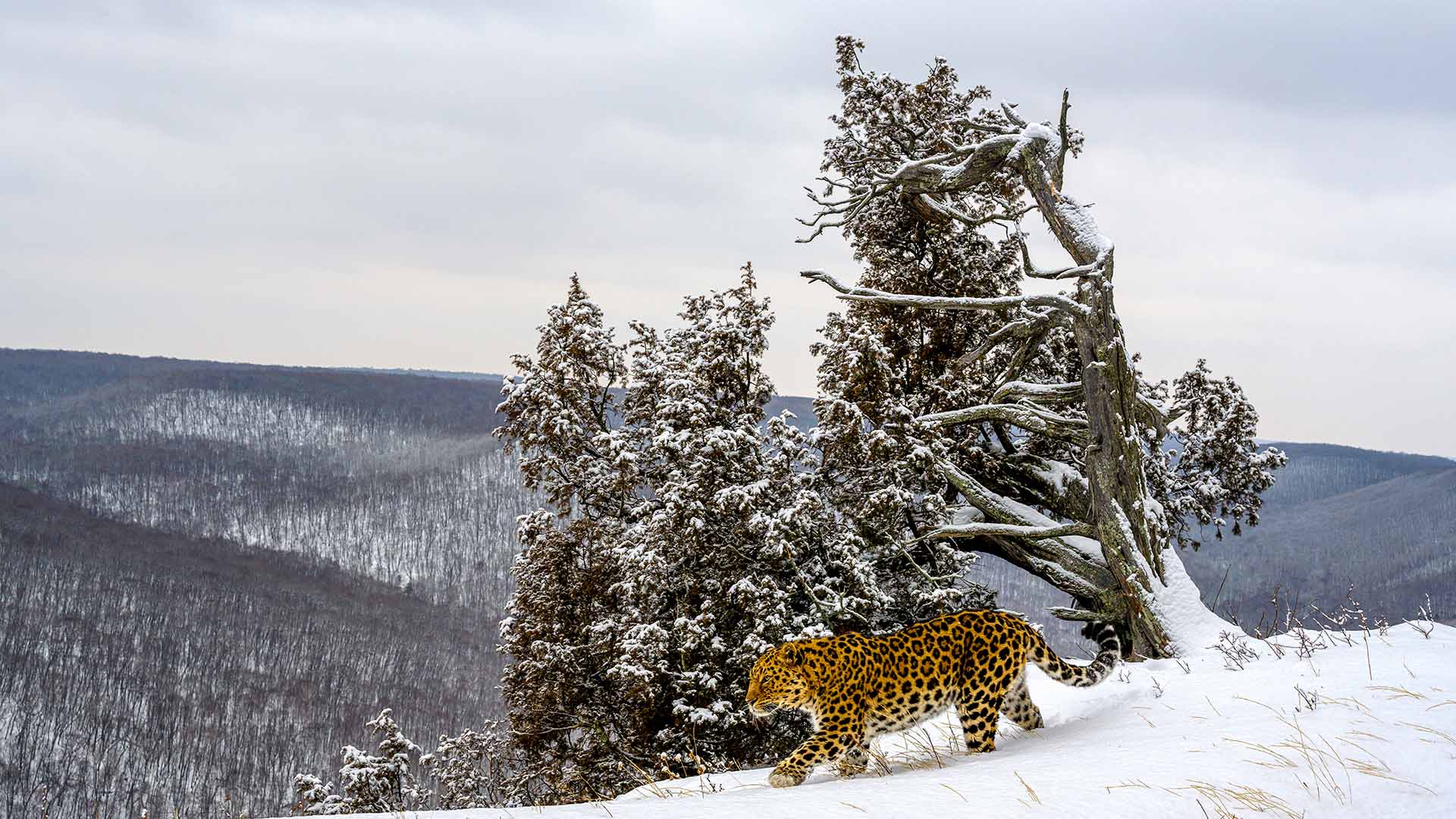
My mother was a huge fan of Sir David Attenborough’s shows when I was growing up. It was the series Life in the Freezer that really captivated my interest and made me keen to visit Antarctica. I studied zoology at university in Bristol and was then lucky enough to get work experience at the BBC the summer after I graduated. They were making The Blue Planet at the time and I’d qualified as a scuba-diver while at university, so I spent four weeks logging footage of coral reef fish.
It made me passionate about television and science, so I then returned to university for three years to study for a PhD in fish colour vision. I won funding to go on a cruise to South Georgia with the British Antarctic Survey – my first visit to Antarctica! When I returned, I was determined to get a job in wildlife filmmaking and return to Antarctica.
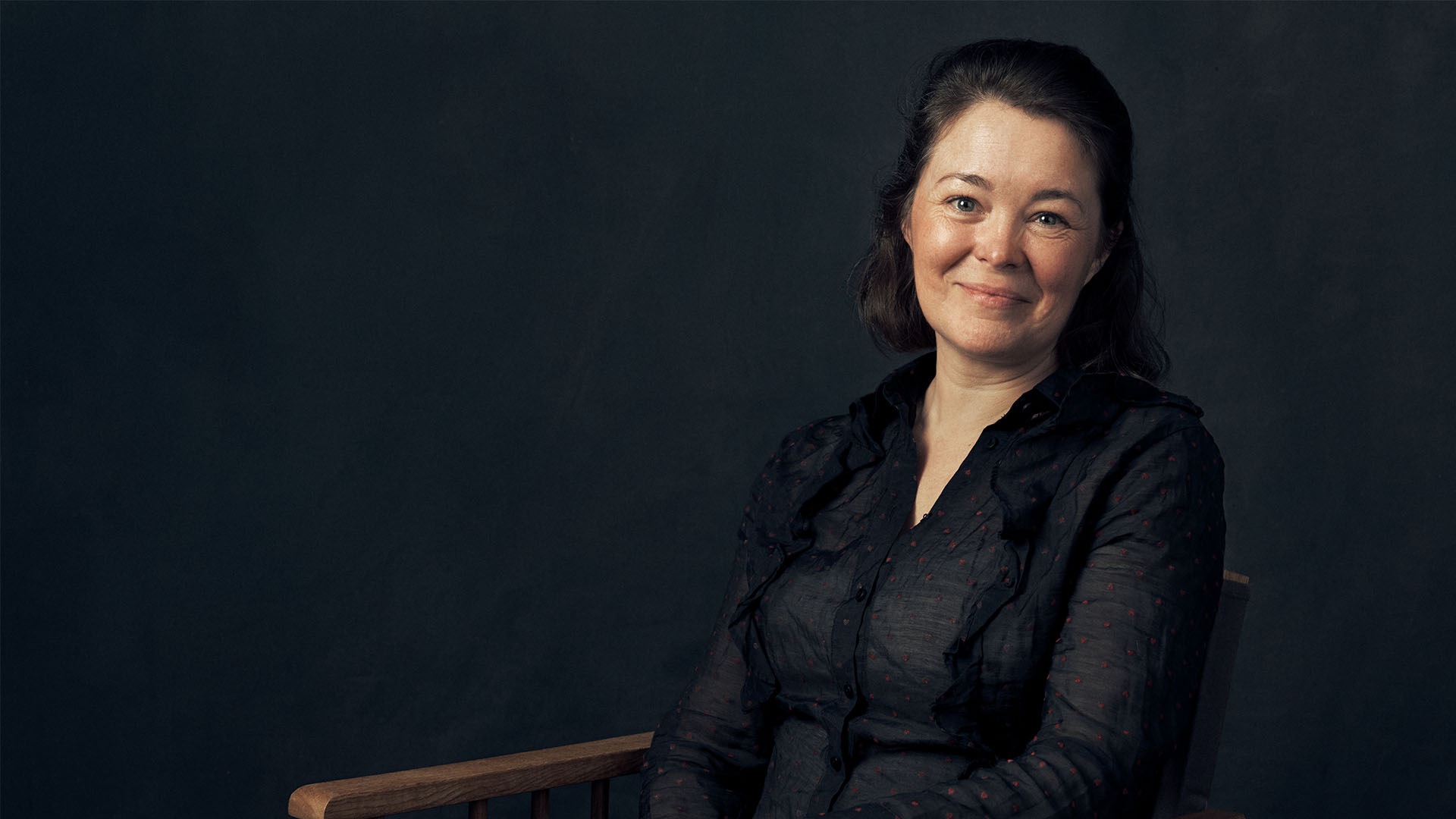
I was actually an assistant producer on the original series of Frozen Planet and spent many months on location for that, directing some of the underwater and people-based sequences. On Frozen Planet II, I was series producer – responsible for delivering the editorial side of the series, overseeing the producers, researchers and assistant producers, along with helping shape the films through production and edit to delivery. It has been five years' work for me, as I helped to develop the series initially and get it commissioned, before moving on to production. These series are always a labour of love, and this one has been no exception!
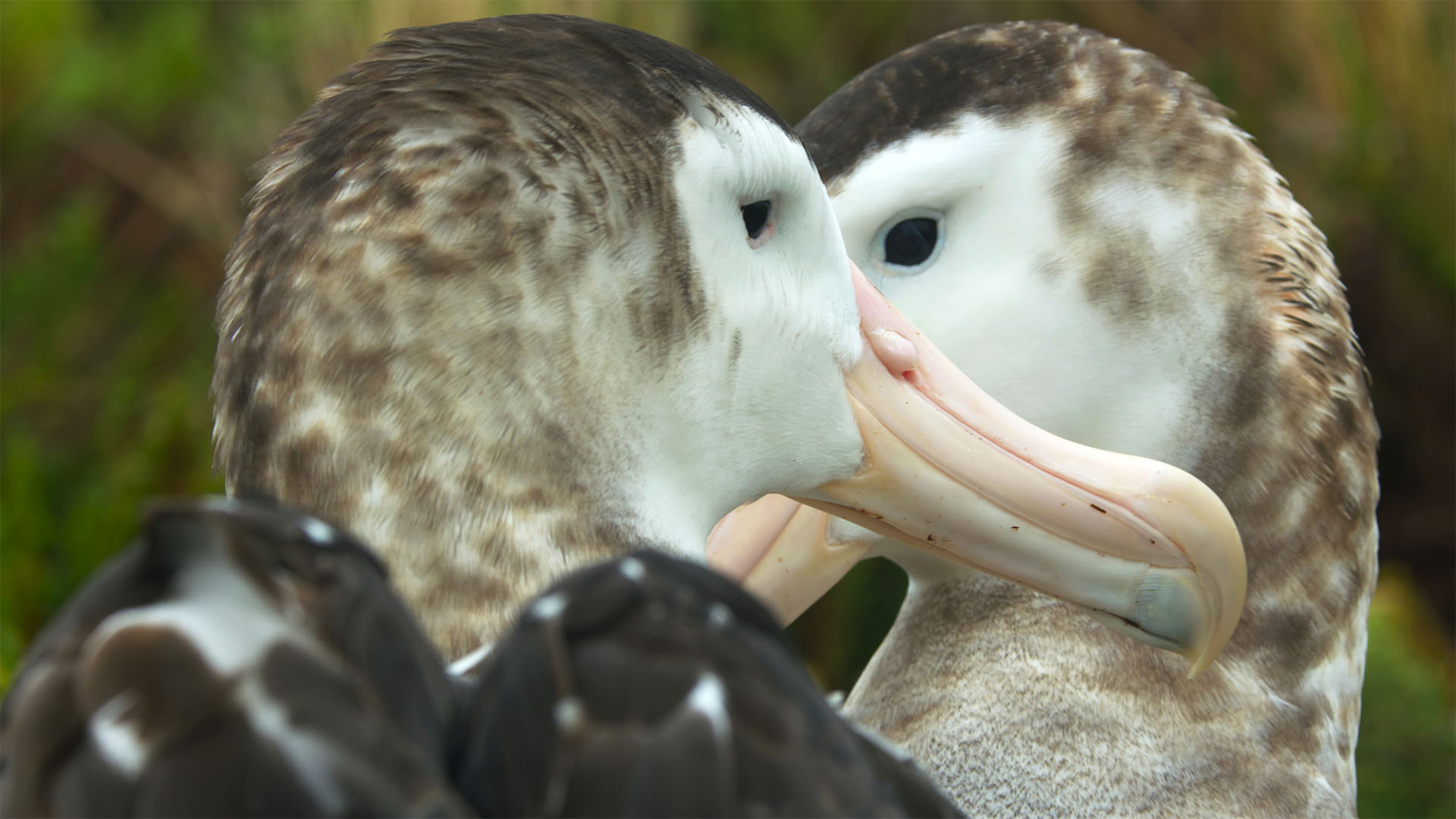
In the 11 years since Frozen Planet I, so much has changed, and we've made use of new technology in so many ways to unlock stories that would previously have been far less filmable. Remote camera technology is now reliable – and small – enough that we could deploy cameras to the forests of the Russian Far East and capture behaviour of rare Amur leopards and Siberian tigers, while long-term remote timelapse set-ups allowed us to film the retreat of glaciers, giving us a glimpse of how these ice worlds are changing.
All these advances in technology and more have opened up new avenues in capturing wild animal behaviour."
Drones have been a total game-changer, allowing us to film wild behaviour of animals in truly remote places, and the use of rebreather technology underwater allowed us to spend longer with and get closer to animals than traditional scuba techniques. All these advances in technology and more have opened up new avenues in capturing wild animal behaviour.
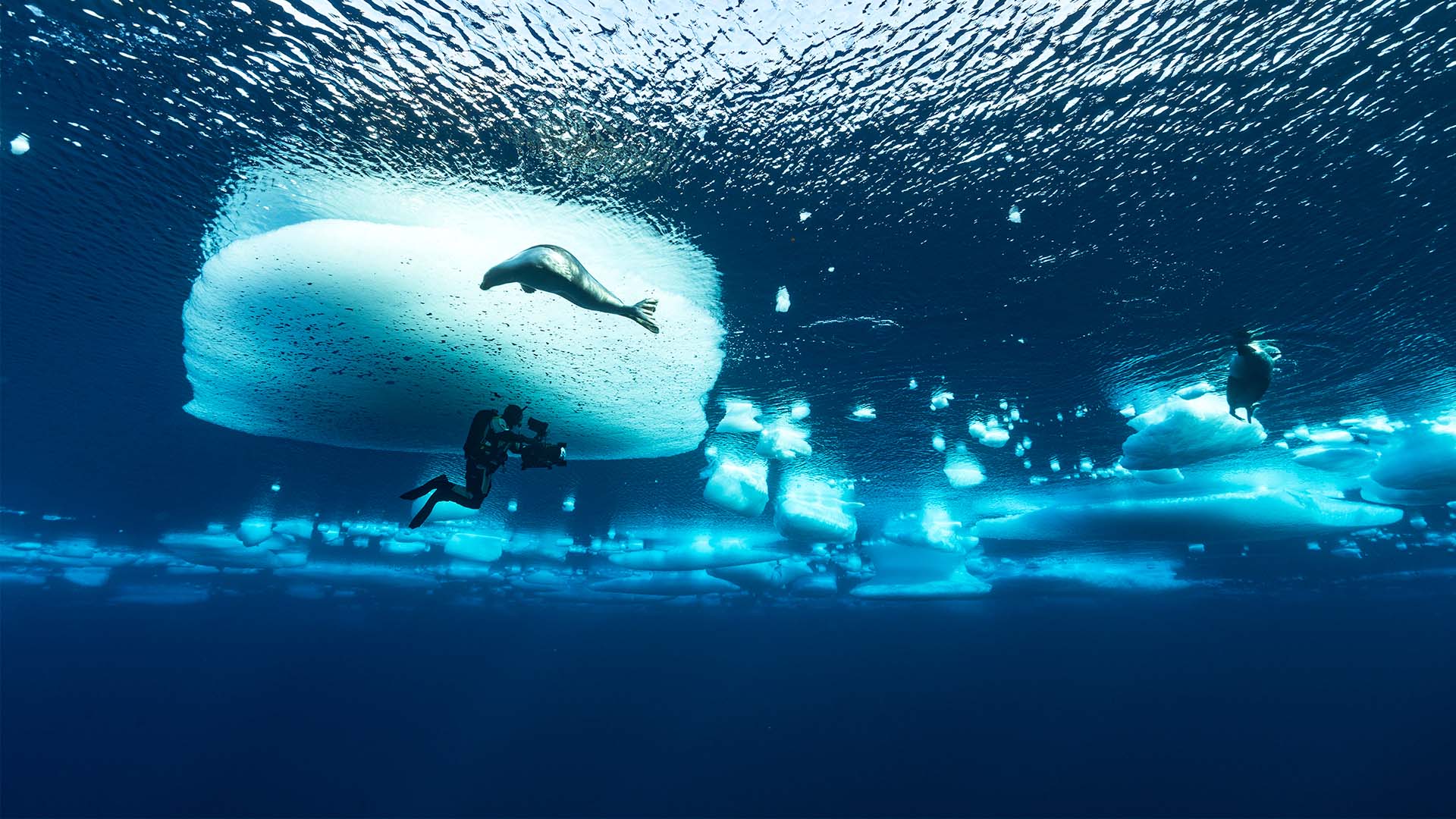
We always set out to tell new stories, or new takes on stories, drawing from advances in science, observations from the field and new technology. In this series, there are lots of stand-out new behavioural pieces, from grizzly bears hunting musk ox on the tundra, to polar bears dancing on ice. New characters, such as the Lapland bumblebee and skeleton shrimp, have never been filmed before, while pairing up with rangers and local experts in the Russian Far East unlocked the secret lives of rare big cats that roam the boreal forest there.
Climate change is a big feature throughout the series, and in every episode we tell stories of how animals are being affected by changes in their environmental conditions. We show killer whales having to adapt to new prey in Antarctica, baby harp seals facing perilously unpredictable sea ice conditions and caribou calves travelling further to avoid warming conditions.
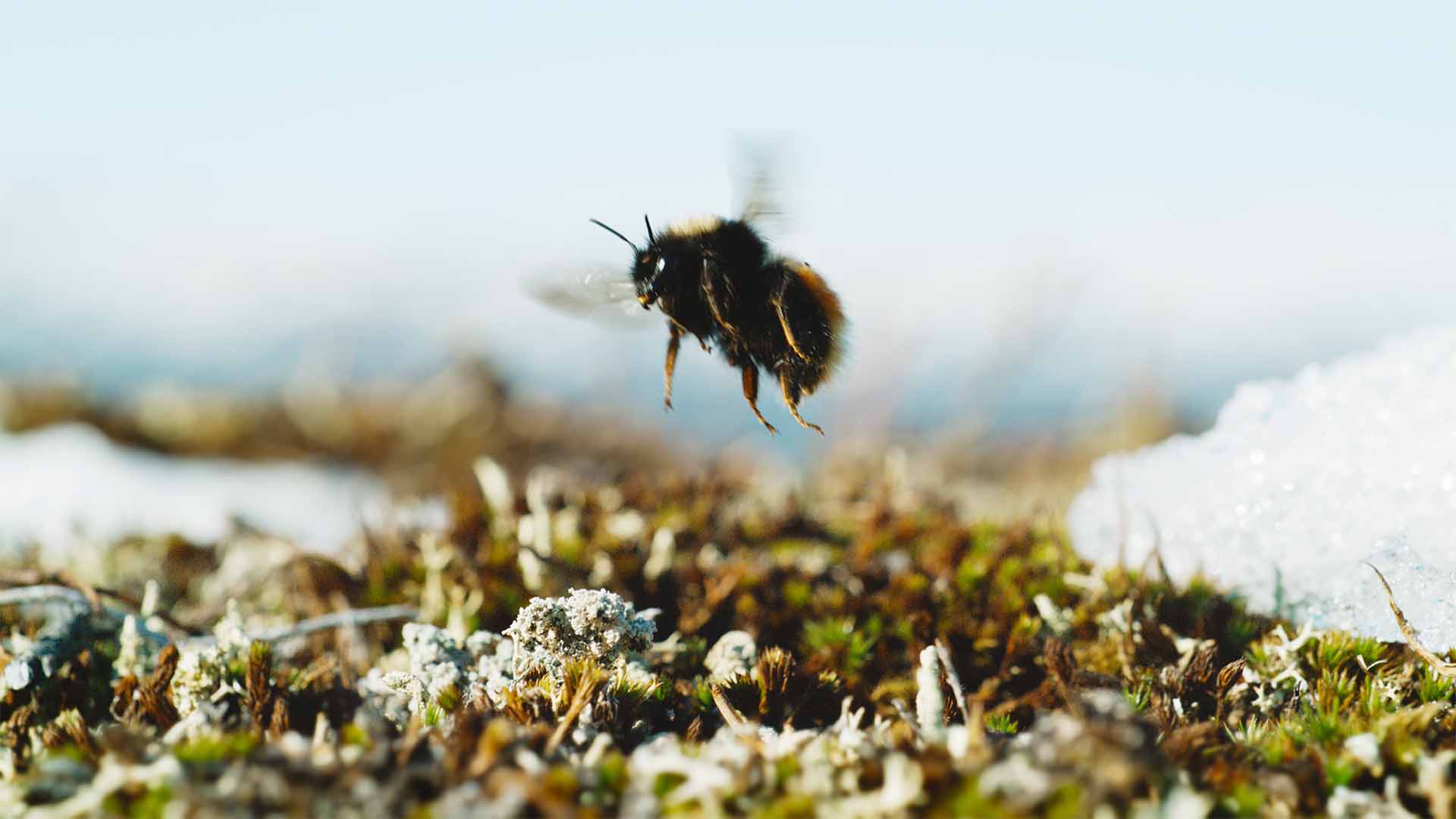
All our frozen worlds are changing fast – in just three years on production, we documented mountain glaciers retreating up to 60m. In the Arctic, the summer sea ice continues to be thinner and cover less area than it did 30 or 50 years ago, while warming on the Antarctic Peninsula is seeing penguin populations change considerably as the cold-loving species move south. These challenges are now as real to these animals as finding food or choosing a mate.
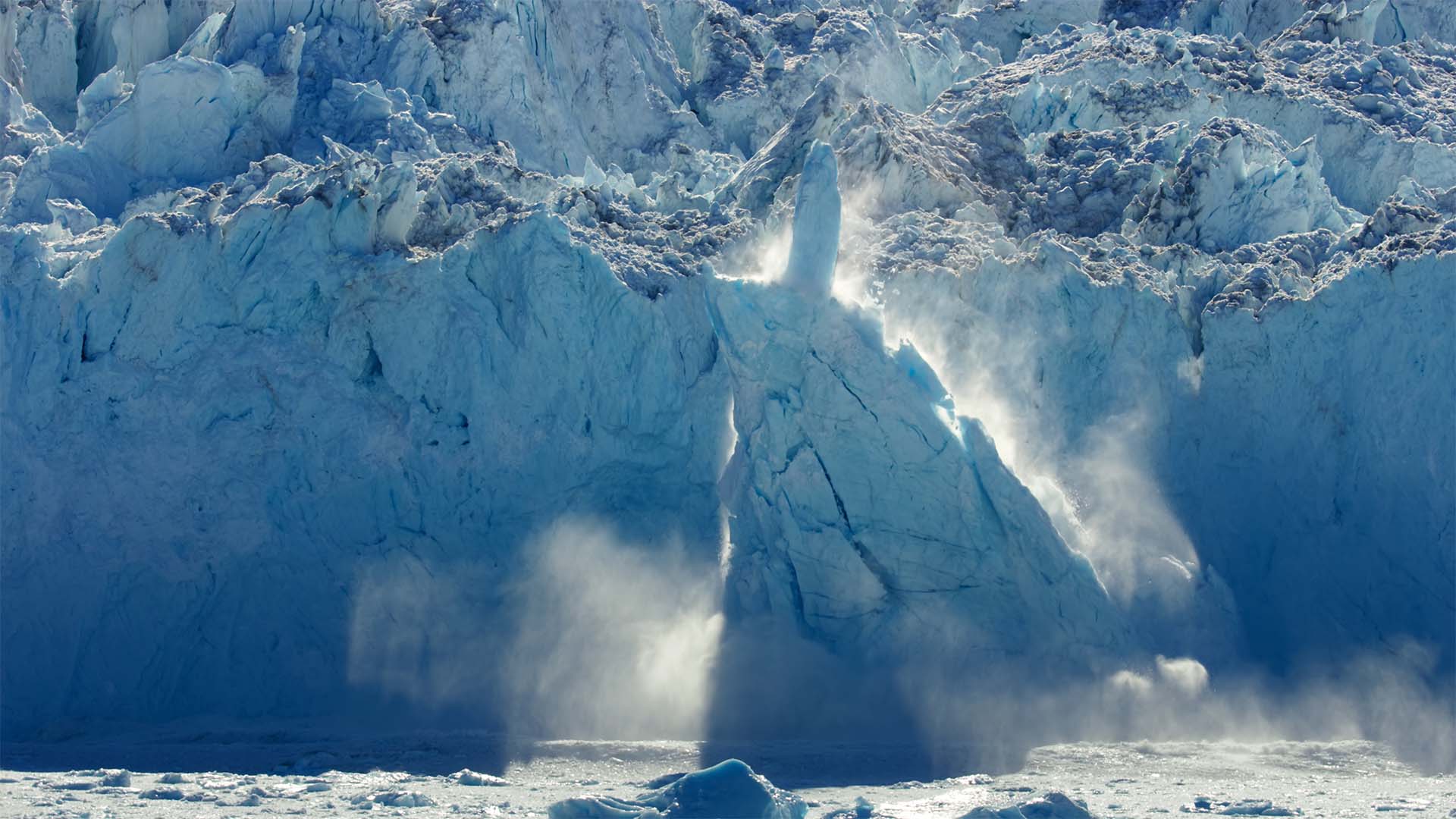
One of the biggest challenges, which comes with the changing climate, is unpredictability. In many cases, animal migrations and other natural events that were somewhat predictable are no longer so, which brings challenges in planning such stories– in addition to the traditional challenges of filming in the polar regions! All the locations we filmed in are tricky to reach, let alone work in.
One of the biggest challenges, which comes with the changing climate, is unpredictability."
As well as being remote, many are also extremely cold and there are also issues of safety when working in polar bear habitats, on unpredictable sea ice or under the ice. This series also covered high altitude cold worlds, so altitude and avalanche were additional hazards. Of the 102 shoots we undertook, our highest was at 7,500m in the mountains of Pakistan, and our most remote underwater shoot was at Lake Untersee on the Eastern Antarctic ice sheet. These are pretty challenging places to work!
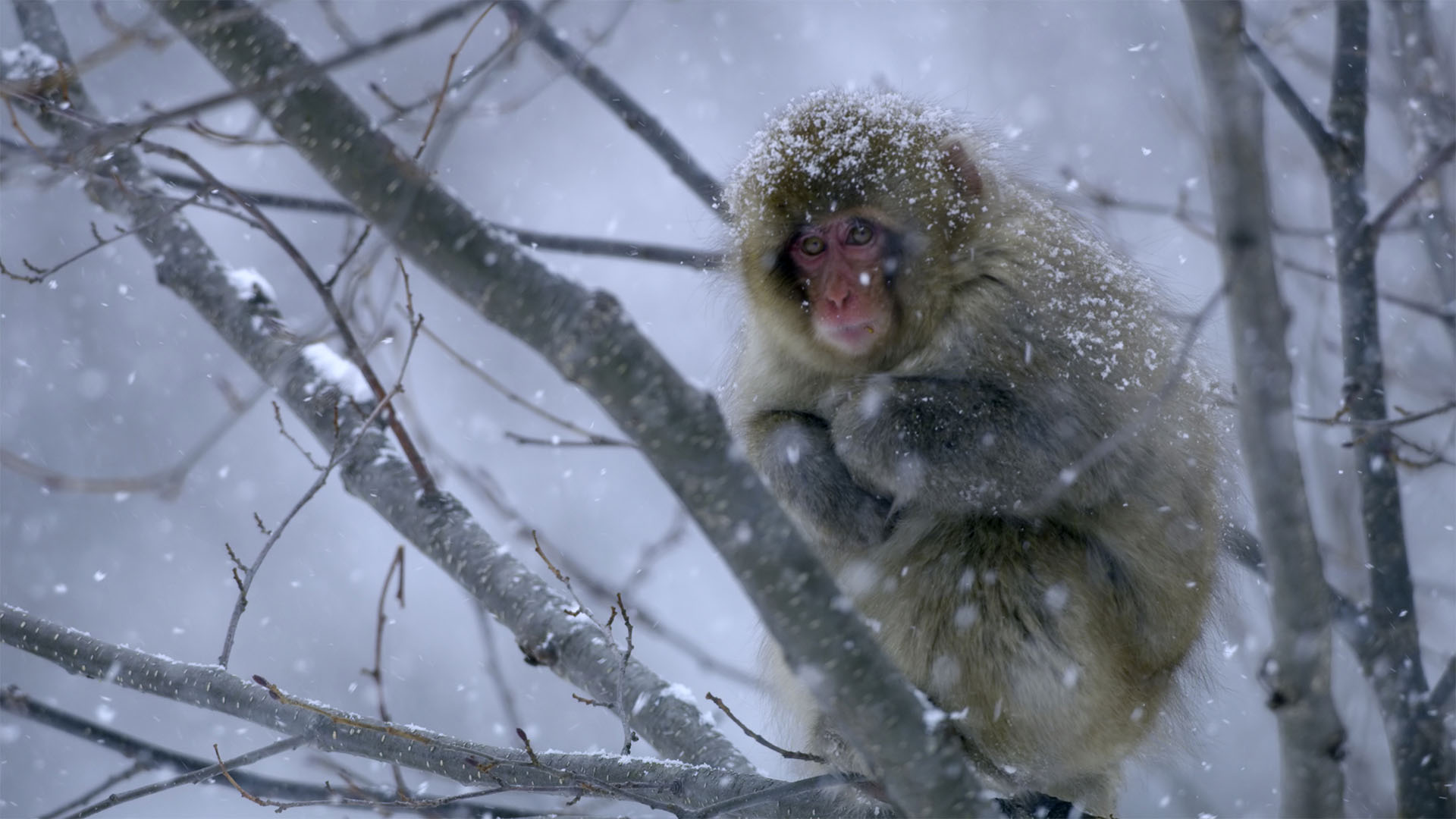
We were mid-way through filming when the global pandemic hit. We had crews in remote locations who had to be called back before the world locked down, and the filming schedule was put on hold for over a year. This meant the loss of several stories we’d worked hard to gain access for. We did manage to complete some remote shoots with local film crews while the world was locked down, but even once the world began to open up again, the demands of quarantine and testing added a complex dimension to field work.
One crew had to complete 42 days of quarantine in a hotel in Cape Town before being cleared for onward travel to Antarctica. These additional weeks on already long shoots were very demanding for teams, and I’m in awe of the Zen mastery some pulled out of the bag to reach location!
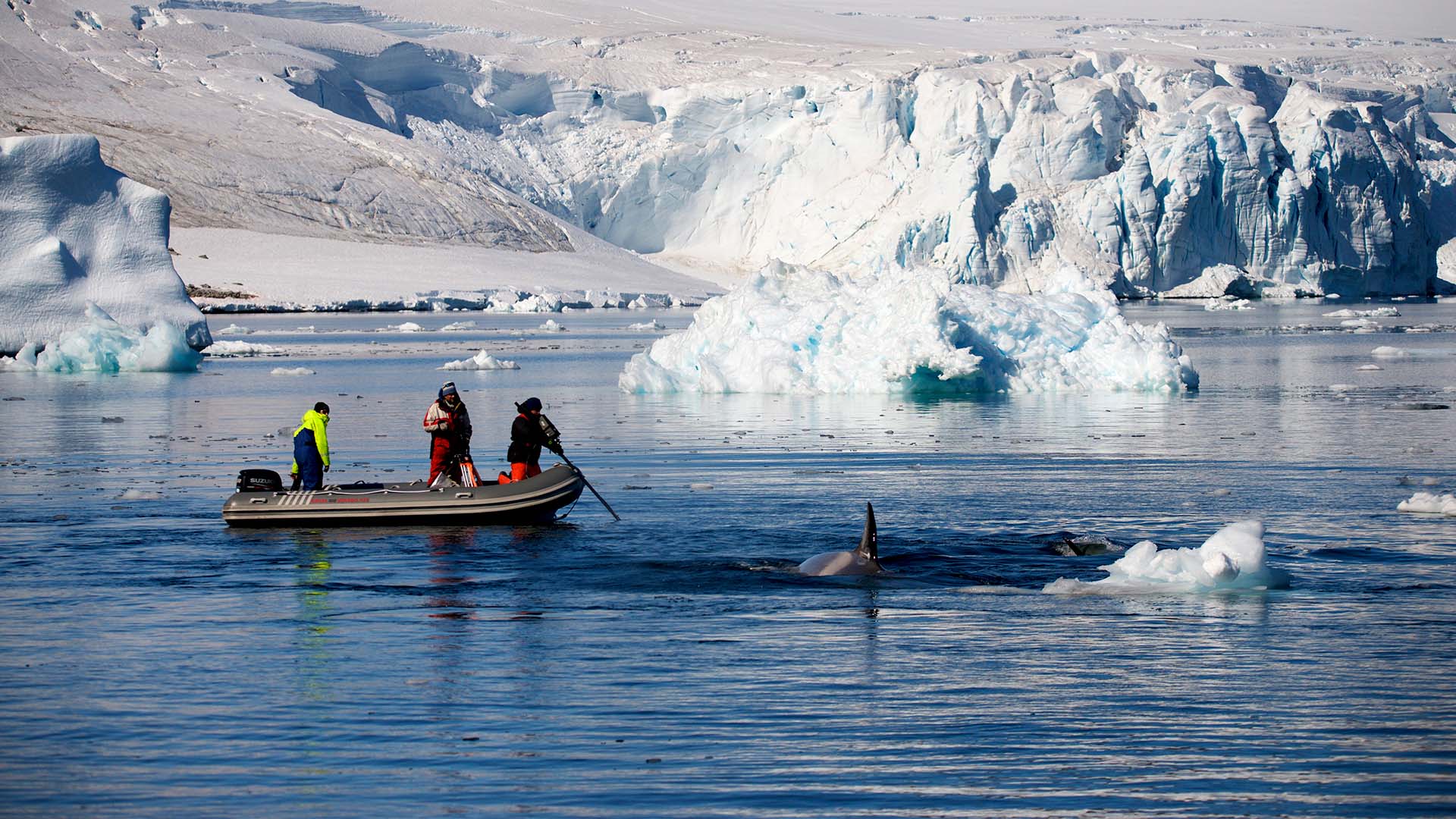
I feel incredibly lucky to have been able to travel to these icy worlds and see them as they are now. It worries me how quickly they are changing and what future generations will see in the decades to come.
Seeing these animals with my own eyes makes me more passionate to do what I can to protect them."
For me, these are the most awe-inspiring landscapes on Earth and home to some of the most captivating wildlife, from penguins and polar bears to bowhead whales and narwhal. Seeing these animals with my own eyes makes me more passionate to do what I can to protect them.
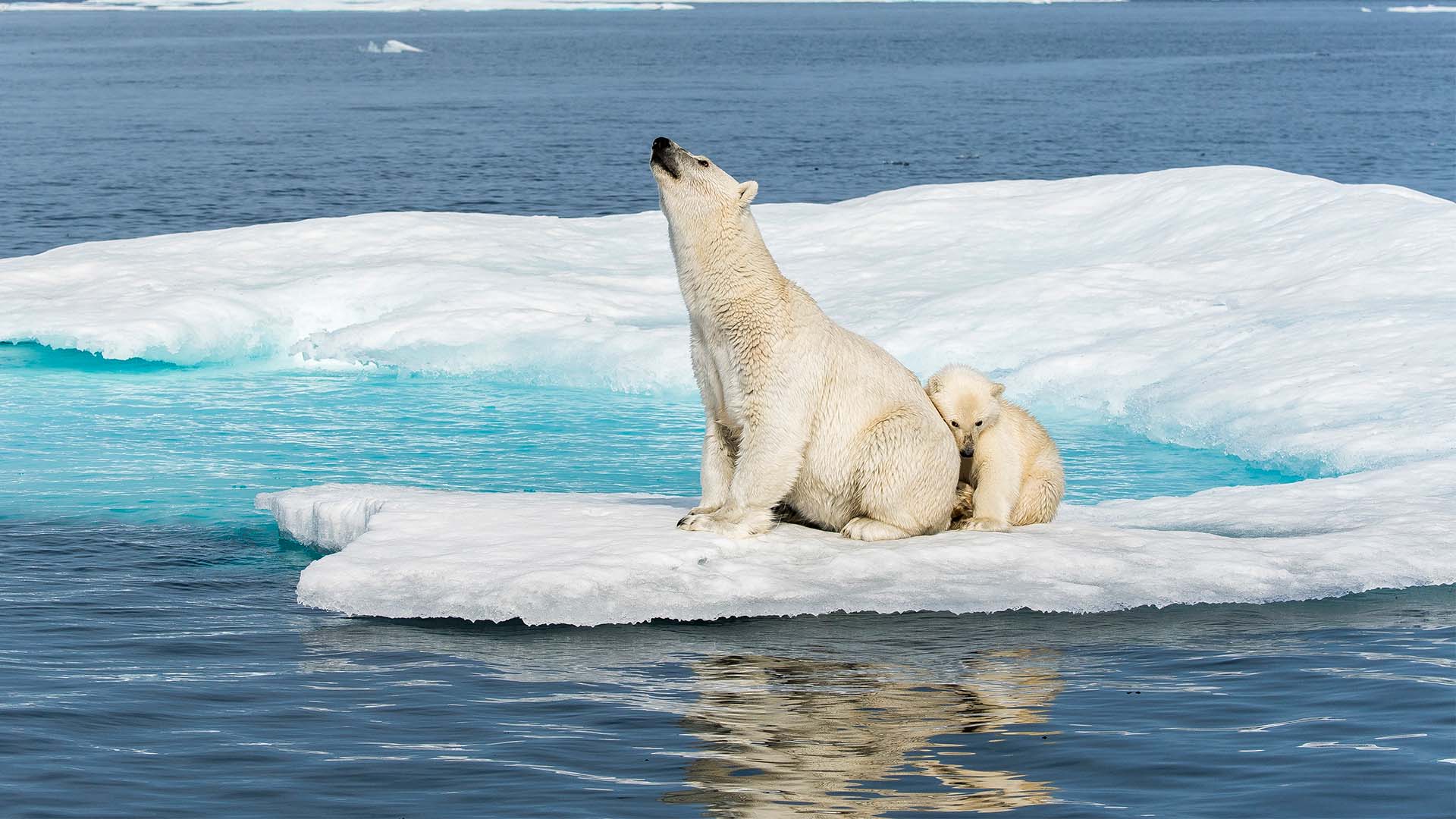
I really hope not! I think documenting these landscapes is more important than ever and I'm sure there will be plenty more tales to tell from these frozen worlds. Hopefully one day soon we’ll be back to make Frozen Planet III!
As narrated by Sir David Attenborough, Frozen Planet II charts the life and environments and animals living in the world's coldest regions. Discover more here.